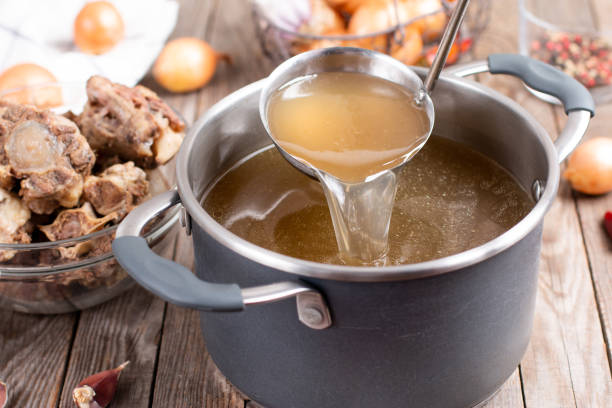Grain-free pet food has gained popularity in recent years, with many pet owners opting for this type of diet for their furry companions. In this blog post, we will delve into the pros and cons of grain-free pet food, helping you make an informed decision for your pet's nutrition. Let's explore the benefits and potential considerations together!

Pros of Grain-Free Pet Food:
- Potential Allergy Relief: Grain allergies or sensitivities can cause digestive issues and skin problems in some pets. Switching to a grain-free diet may alleviate these symptoms and improve overall well-being.
- Higher Protein Content: Grain-free pet foods often contain a higher percentage of protein from animal sources, which is essential for muscle development, energy, and overall health.
- Reduced Carbohydrate Levels: By eliminating grains, the carbohydrate content in grain-free diets is generally lower, making them suitable for pets with specific dietary needs, such as those with diabetes or weight management concerns.
- Mimics Ancestral Diets: Grain-free diets mirror the natural diet of carnivores, resembling the food their ancestors consumed in the wild.
Cons of Grain-Free Pet Food:
- Potential Nutritional Imbalances: Some grain-free diets may lack essential nutrients, including certain vitamins, minerals, and fiber. It's crucial to choose a well-balanced grain-free formula or consult with a veterinarian to ensure complete nutrition.
- Cost Considerations: Grain-free pet foods can be more expensive than traditional diets due to higher-quality ingredients and specialized formulations. Pet owners should consider their budget when opting for grain-free options.
- Limited Research: While grain-free diets have gained popularity, there is limited scientific research on their long-term effects on pets' health. Consulting with a veterinarian can help navigate any potential risks or concerns.
Making the Right Choice for Your Pet:
- Consult with Your Veterinarian: Before switching your pet to a grain-free diet, discuss it with your veterinarian. They can assess your pet's specific needs, consider any underlying health conditions, and provide tailored recommendations.
- Read Labels Carefully: When selecting a grain-free pet food, read the ingredient list and ensure it contains high-quality animal protein sources, a balanced nutrient profile, and necessary supplements for overall health.
- Consider Individual Needs: Each pet is unique, so consider their age, breed, activity level, and specific dietary requirements when choosing their food.
- Monitor Your Pet's Response: Observe your pet's overall health, coat condition, energy levels, and digestion after transitioning to a grain-free diet. If any concerns arise, consult your veterinarian for further guidance.
Grain-free pet food can offer potential benefits for certain pets, such as relief from allergies and a higher protein content. However, it's important to weigh the pros and cons, ensuring that the chosen diet provides complete and balanced nutrition for your pet. Remember to consult with your veterinarian, read labels carefully, and consider your pet's individual needs before making any dietary changes.
NOTE: Remember to consult with your veterinarian first.Your veterinarian is the best resource for guidance on your pet's specific dietary requirements and overall health.








